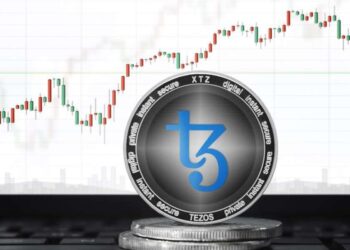The Reserve Bank of India came into existence after the recommendations of the Hilton Young Commission in 1935. It then began its national operations in the year 1949. Section 22 of the RBI Act, 1934, enables the RBI Governor to issue Indian currency. Even after the legal approval and powers, the governor can’t order the printing of unlimited notes to the extent that poverty is eradicated. Neither government has the power to order the RBI to do the same instead of launching several schemes for the poor section of society. After the first and second waves of the Covid-19, government schemes are still not victorious enough to bring the economy back on track with rapid growth.

How are notes printed?
There are four currency printing presses in India. Nasik (Western India) and Dewas (Central India) are the government-owned presses. The other two presses are in Mysore (Southern India) and Salboni (Eastern India). At the beginning of every year, RBI sets a schedule for each of these four presses to print notes. Coins are minted in four mints owned by the government of India. The mints are located in Mumbai, Hyderabad, Calcutta, and Noida.
Also, RBI has 31 regional offices that help RBI keep a robust record of circulation in the market and its supply. With overall data and statistical analysis, RBI calculates four important factors:
1) How many notes are in circulation?
2) How many notes were destroyed last year?
3) How many new notes should be printed in the current year?
4) How many notes should be destroyed or replaced in the current year?
With the above-mentioned data, the RBI, along with the Ministry of Finance and the Coin Division authorities decides the printing, supply, and circulation of currency.
There are two important causes, the first being that the government only prints as much money as if it does have assets, and the second one is inflation. Currency printing in India is done through the MRS- Minimum Reserve System of RBI. This system mandates RBI to maintain Assets of 200 crore rupees. Out of 200 crores, 115 crores should be gold and 85 crores for foreign reserves. After maintaining the minimum reserves of 200 crores, RBI can print currency as per the needs of emerging situations and the provisions of the RBI Act, 1934. If the RBI Prints currency more than the gold Assets and foreign reserves, then the value of Indian rupees will fall in the Global market. Also, if the RBI doesn’t have reserves equal to currency, then people can’t rely on that money and hence they’ll lose faith in it.
Why can’t RBI Print Unlimited Notes?
RBI is entitled to maintain the value of money in India and the value of Indian rupees in the global economy. To uphold the value of the Indian Rupee in the global market, the RBI along with the Ministry of Finance print currencies in accordance with Foreign Reserves. Another reason is to prevent inflation.

Hypothetically, RBI prints more and more note followed by the distribution of notes among citizens. People’s purchasing power will increase to an extent that the supply graph will be unmatched by the demand graph. The government will have to raise prices to match both graphs. Drastically, one day, the price of ordinary goods will be ten times costlier or a hundred times costlier than ever. This is surreal, and should not happen. Hence, RBI can’t print unlimited notes. One such example of a country that printed currency recklessly is Venezuela. Today, the country is economically unstable. Experts believe that the monetary crisis in Venezuela has arisen due to the reckless printing of currency. Another example is that of Zimbabwe. Since the 1990s the country’s economic condition has been poor. To improve this, the Government prints unlimited notes. Even notes for 1 million got printed. As a result, the country entered into an Inflation mode. Later on, under the same condition, the inflation rate in 2008 was 79.6 billion%, entering Hyper-inflation mode. Currently, it has a 60℅ inflation mode.
Also, Checkout: Why is India stalling W.H.O’s report on the number of covid deaths in India?
















